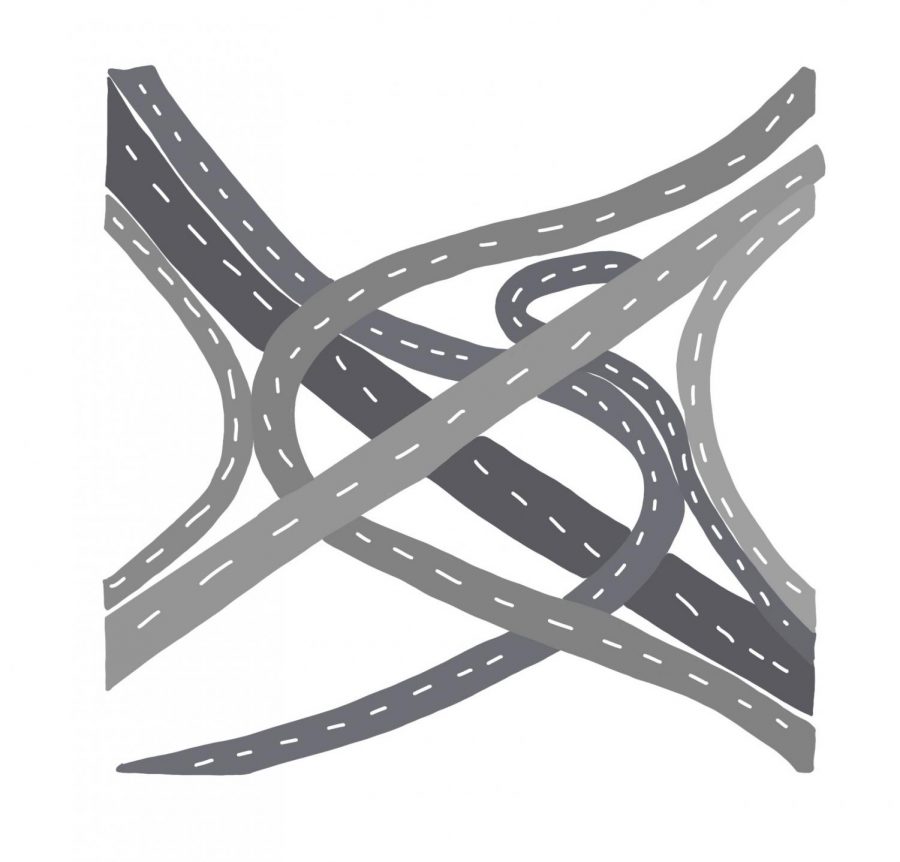Infrastructure Encompasses Everything We Use— It’s Time to Prioritize It
Joe Biden’s proposed infrastructure plan is ambitious, but it’s not the first time a politician has proposed a grand bill to revitalize America’s infrastructure. Infrastructure encompasses everything we use; from the electricity we use to power our homes to the roads we drive on to get to places, from the airports we use to fly to the water we drink, the list goes on and on. Biden’s infrastructure plan targets pretty much everything.
Most of America’s infrastructure was built when there were simply less people in the country. There weren’t as many people traveling so the wear and tear wasn’t terrible. Building infrastructure has always been an investment in the future. As time went on, we didn’t invest in what was built to keep it in functioning and good shape.
While other countries have continued to build and maintain their own infrastructure, the United States has stagnated, putting only bandaids on a problem that grows more expensive and complicated each year. For example, airports are critical to supply chains, but they are also choke points if something goes wrong. New York’s LaGuardia airport has consistently been voted the worst airport in the country, and for good reason. Not only are delays constant at LaGuardia, it looked like a prison at one point. Complaints ranged from how cramped the terminal was to leaky ceilings.
There are many places in the United States where it would be impractical to have a subway, but which would still benefit from rail service. Many rural towns depend on Amtrak as an affordable way to get around the country, as opposed to air travel, which may not serve their town. An economy ticket on Amtrak usually costs less than an economy ticket on an airline. With the proposed infrastructure plan, Amtrak has already put out a potential map to service new places across the country.
Biden’s infrastructure plan also looks towards the future. It would fund the construction of 500,000 charging stations for electric vehicles and electrify 20 percent of the country’s school buses. The heftiest portions of the plan would invest $621 billion in transportation infrastructure and $650 billion for quality of life. This would include removing lead pipes and improving the electric grid. It would also spread out the spending over several years, instead of all at the same time to avoid overheating the economy and to prolong the jobs that would be created from this infrastructure plan.
The plan is obviously expensive at $2 trillion and it calls for corporations to have their taxes raised to 28 percent. Of course, many corporations are going to oppose the plan because they would pay more in taxes under it. President Trump proposed an infrastructure bill in March 2020 with the cost also coming out to be about $2 trillion. Realistically, the tax hike wouldn’t survive more than three or four years in Congress before being repealed, let alone the 15 years it would take to pay for the infrastructure plan. However, the corporations opposing the infrastructure bill solely because of the tax hike are only shooting themselves in the foot. Crumbling and failing infrastructure ultimately costs more for everyone. One example of this is the Chester Bridge on the Missouri-Illinois state line. The condition of the bridge is so poor, there is a weight limit of 40 tons. If the bridge were to be closed with no replacement ready, crossings would be forced to detour to St. Louis or Cape Girardeau, a four hour round trip drive for nearby communities that rely on the Chester Bridge.
A four hour detour isn’t the only cost incurred by poor infrastructure. Potholes are some of the most obvious, and jarring, signs of poor infrastructure. Driving on pothole-filled roads will reduce the life of your car and its shock absorbers. It will also cost you more in gas money.
Some on the right have criticized the infrastructure plan as not actually fixing our infrastructure and instead being a so-called “liberal wish list” pointing to the plan’s allocations of money to replace lead pipes and build environmentally friendly technology. But if we want a healthy society, it starts with our citizen’s basic needs being kept safe. I don’t know of any country that doesn’t consider a clean water supply to be part of their society’s critical infrastructure. It’s something everyone needs, along with food and shelter.
Others will say that the government has no business doing research or spending this money and that the private sector can innovate themselves. I will say that government contracts are what has helped America progress forward and become more efficient in our day-to-day lives. Memory foam was created for astronauts under a NASA contract and is only one of the thousands of products that we use consistently that originated from the space program’s research. Nearly all highways and airports have been built with taxpayer dollars. The internet and GPS were both invented by the Pentagon. One of our biggest drivers in innovation is the Pentagon, for better or for worse, because they are always demanding products that are better than its predecessor, and those spinoffs later land in civilian laps and are put to everyday use. The difference between the Pentagon’s contracts and the infrastructure bill is that the money we shovel towards the Pentagon is earmarked for national defense, so few will raise a fuss. Why is the upkeep, repair and innovation of our infrastructure not prioritized to the same level as national security, and instead considered wasteful spending?
Your donation will support the student journalists of Saint Louis University.




